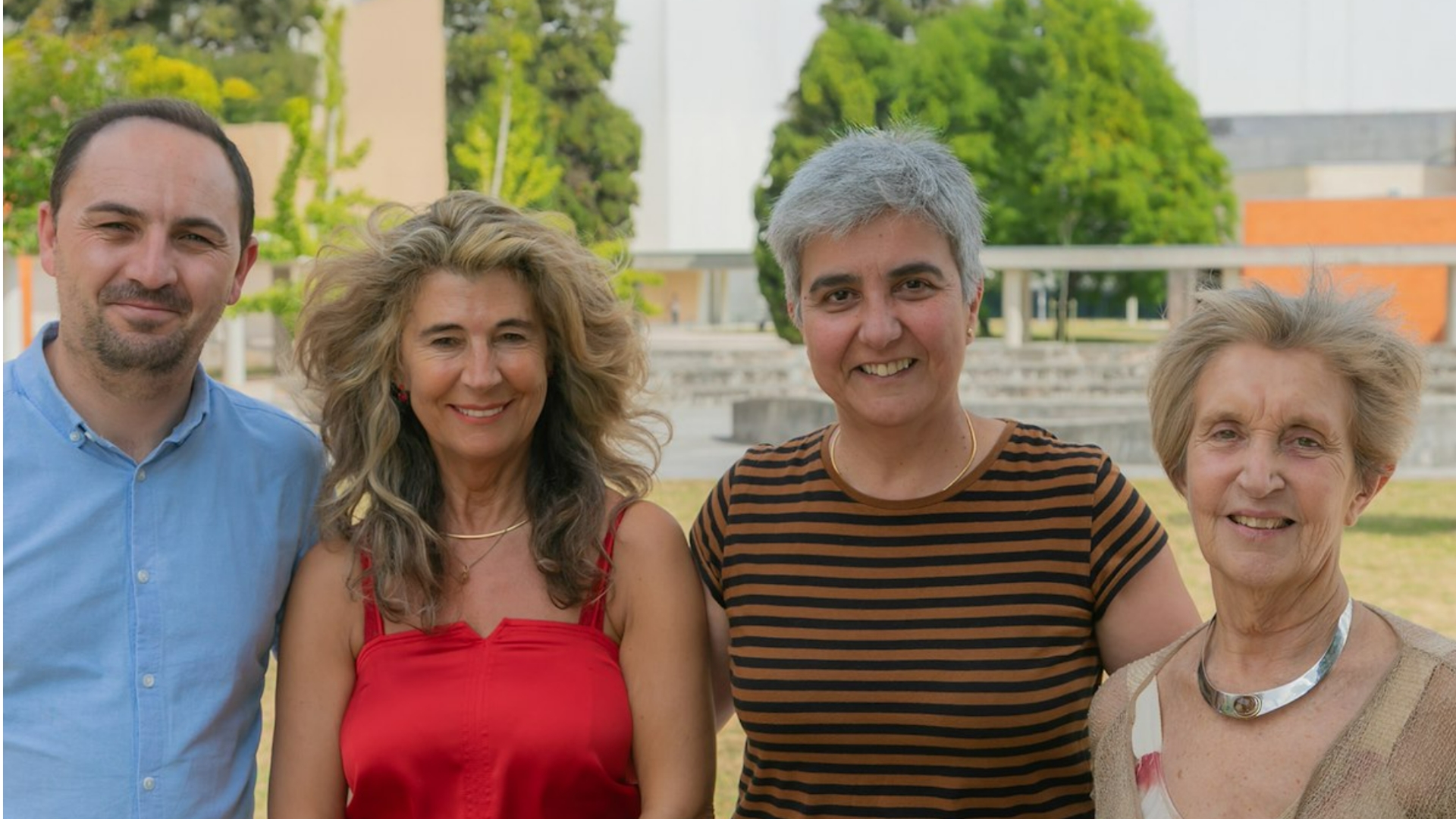A multidisciplinary research group from the University of Aveiro (UA), in collaboration with the Polytechnic Institute of Porto, has developed a set of molecules that improve medical imaging with lower toxicity and enable photodynamic tumour therapy.
The multidisciplinary team includes Adelaide Almeida, a researcher at CESAM and professor in the Department of Biology; M. Amparo Faustino and M. Graça Neves, both from LAQV-REQUIMTE – Associate Laboratory for Green Chemistry; Rui Pereira, from the School of Health Sciences of the University of Aveiro (ESSUA); and Rúben Fernandes, professor at the Polytechnic Institute of Porto (at the time of the invention). Together, they synthesised a set of molecules that act as contrast agents with enhanced performance in medical imaging and, simultaneously, offer therapeutic effects through antitumour photodynamic therapy.
This technology, titled “Iodinated Porphyrins, their production methods, formulation, pharmaceutical composition, and uses”, is the result of extensive research conducted within the scope of a doctoral thesis at the University of Aveiro, in collaboration with the Polytechnic Institute of Porto. It is now part of a nationally granted patent.
In an explanatory note, the research team highlights that, compared to currently used contrast agents in clinical practice, these new molecules stand out for integrating—within a single structure—the ability to detect tumours more efficiently in two imaging modalities: computed tomography (CT) and magnetic resonance imaging (MRI). Simultaneously, they exhibit therapeutic action on the tumour itself. In other words, the patented molecules serve as diagnostic contrast agents while also possessing therapeutic properties, allowing for direct treatment of tumour tissue. This advance could significantly improve the prognosis for cancer patients.
Moreover, the team notes that the newly developed compounds demonstrate lower toxicity compared to conventional contrast agents used in clinical settings. This is due both to the intrinsic nature of the compounds and to the lower quantities required, as well as their preferential accumulation in tumour tissue.
As such, this technology represents an innovative solution in the field of healthcare, specifically in radiodiagnosis, by combining high-precision medical imaging (CT and MRI) with low toxicity and simultaneous treatment.
Original article: Notícias UA, 13 June 2025
Photo credit: José M. G. Pereira
